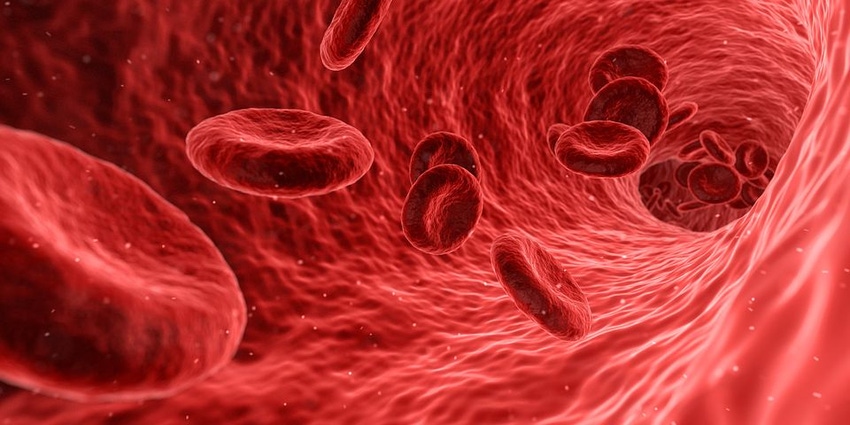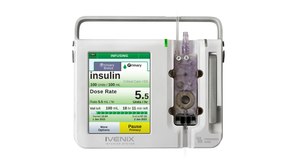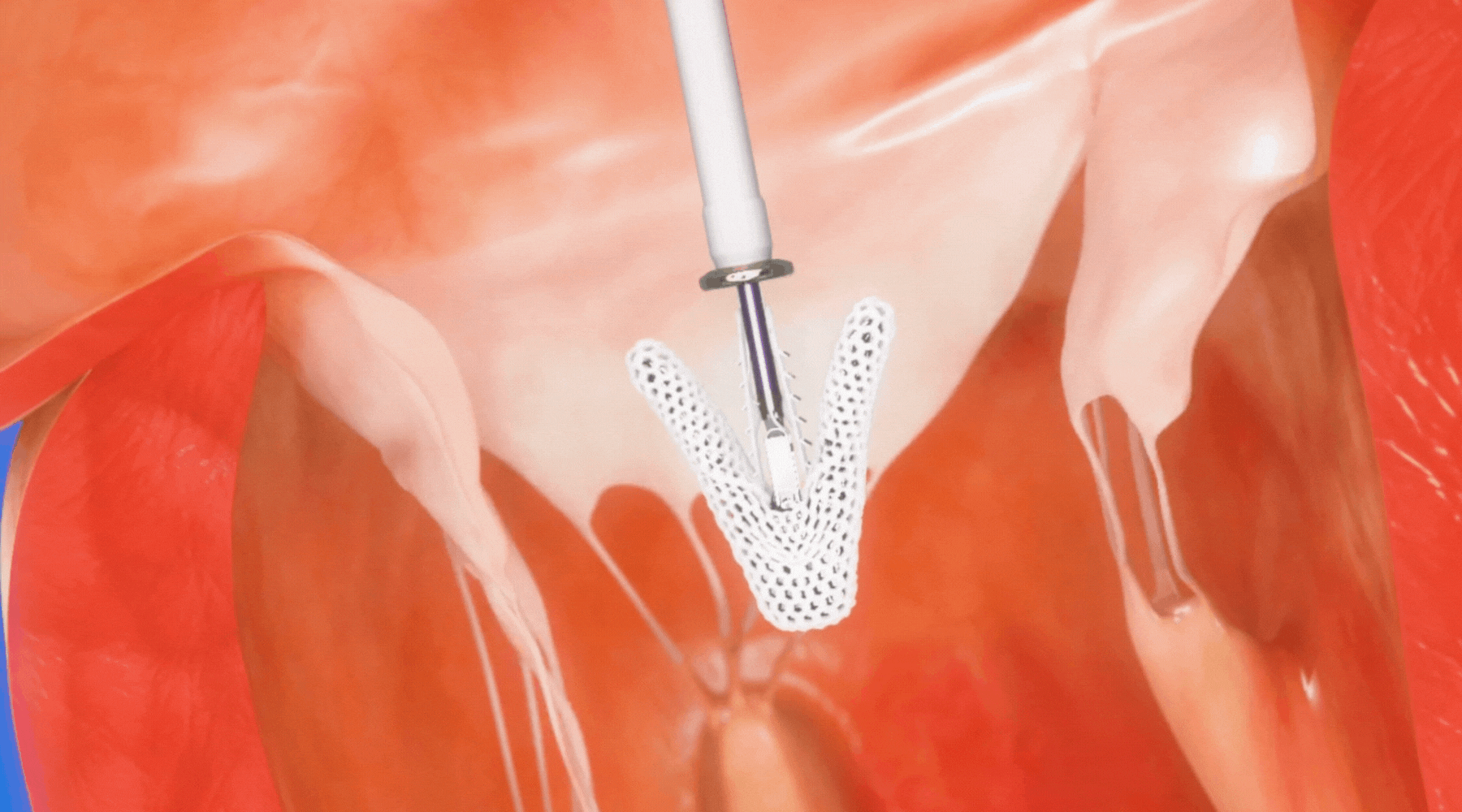A study surrounding the device was recently published in Small.
January 23, 2020

Researchers at the Laboratory of Bionanophotonic Systems (BIOS) at EPFL's School of Engineering have developed an optical biosensor that slashes the sepsis diagnosis time from several days to just a few minutes. Their approach draws on recent developments in nanotechnology and on light effects at a nanoscale to create a highly portable, easy-to-use device that can rapidly detect sepsis biomarkers in a patient's bloodstream. And their device takes just a few minutes to deliver a result, like a pregnancy test.
Because the biosensor uses a plasmonics technology, it can be built from small, inexpensive components, yet it can achieve accuracy on par with gold-standard laboratory methods. The device can screen a large panel of biomarkers and be adapted for the rapid diagnosis of a number of diseases. It was installed at Vall d'Hebron University Hospital in Spain and used in blind tests to examine patient samples from the hospital's sepsis bank. The researchers' technology is patent-pending, and their findings were recently published in Small.
The device employs an optical metasurface - in this case a thin gold sheet containing arrays of billions of nanoholes. The metasurface concentrates light around the nanoholes so as to allow for exceptionally precise biomarker detection. With this type of metasurface, the researchers can detect sepsis biomarkers in a blood sample with nothing more than a simple LED and a standard CMOS camera.
The researchers begin by adding a solution of special nanoparticles to the sample that are designed to capture the biomarkers. They then distribute this mixture on the metasurface.
"These nano-scale interactions are imaged by the CMOS camera and digitally counted in real-time at high precision," Filiz Yesilkoy, the study's co-author said in a release.
The generated images are used to rapidly determine whether disease biomarkers are present in a sample and, if so, in what concentration. They used the new device to measure the blood serum levels of two important sepsis relevant biomarkers, procalcitonin and C-reactive protein. Doctors can use this information to accelerate the triage of sepsis patients, ultimately saving lives.
About the Author(s)
You May Also Like


